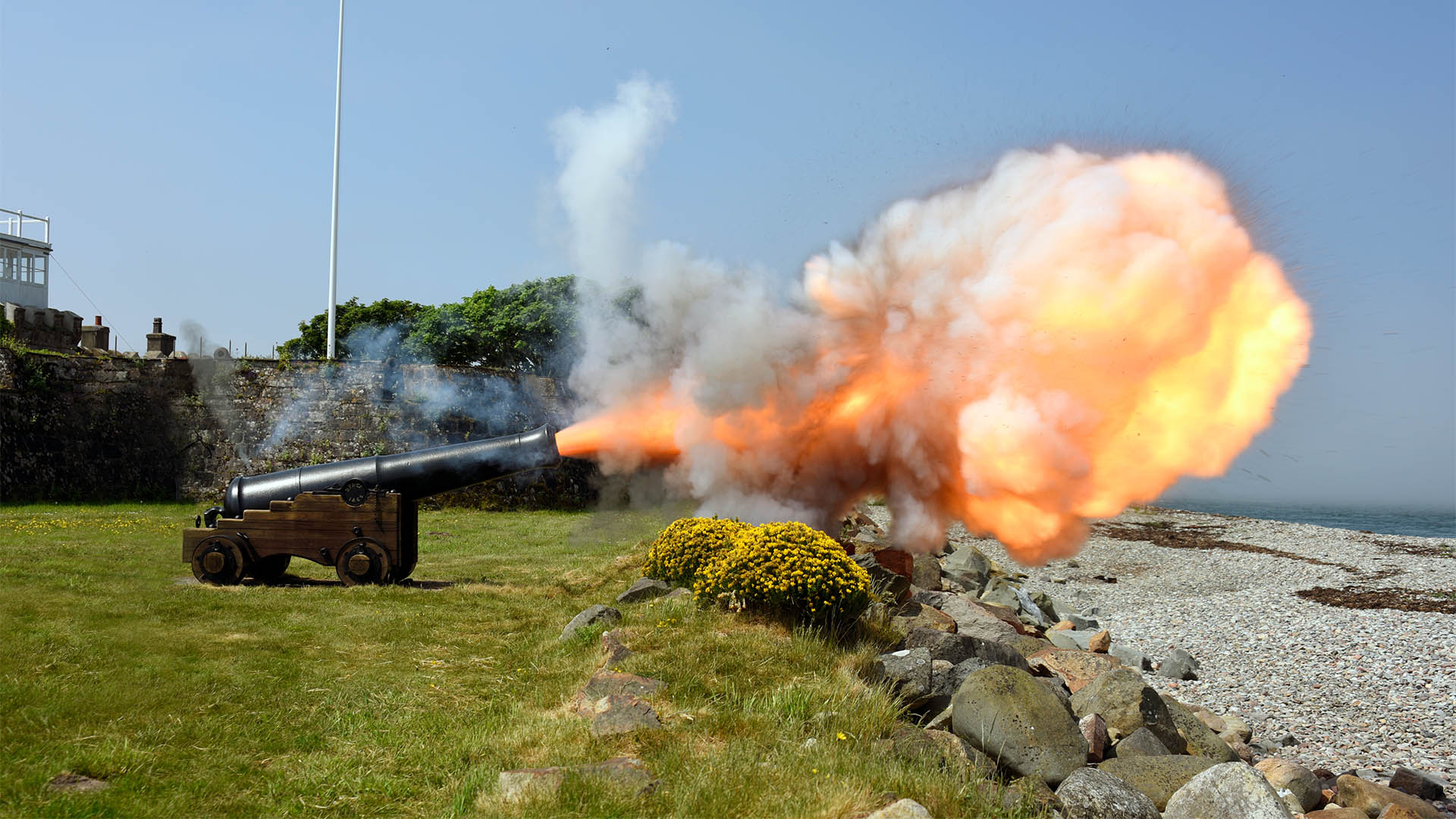For the first time in years, China’s CPI and PPI fell in the same month – there’s no concern, yet, but be wary if we have a repeat this month.
Normally a surprise fall in consumer price inflation would spark concern in a country, but the 0.5% dip in the headline annual CPI for China in November won’t trigger any alarm bells.
After all, core annual inflation was up 0.5% in November, unchanged from October and all due to falling food prices that have been driven higher for most of the past couple of years by the impact of African swine fever on pork prices which more than doubled and rose again at one stage.
But a reading of a half a percent rise in annual inflation is still a worry because it indicates there’s a bit of disinflation around in the Chinese economy at the moment beyond volatile food prices.
As well, a reading of minus 1.5% in the annual rate of producer price inflation would add to concerns about the low rate of consumer price inflation, but that PPI reading was an improvement on the 2.1% fall in the year to October and a 3.7% contraction in the year to May.
Economists think that the continuing expansion in the Chinese economy – patchy as it and driven by surging exports, is starting to see some price tensions back in manufacturing and services.
That adds to the lack of concern about the 0.5% drop in the CPI (which was not forecast by any analyst) which was the first fall in annual consumer inflation since October 2009, when China was emerging from the GFC shock.
That fall mostly came from a 2% drop in food prices, the first fall in nearly 3 years.
On a monthly basis, consumer prices fell 0.6% from October (which saw a 0.3% from September). November’s fall was the largest since May when a 0.6% fall started the current slide in the CPI.
So no real concern – the fall was driven by a slump in food prices and with pricing pressure starting to reappear in manufacturing especially, there’s every chance that will feed into wider economy over the next quarter or so.
But another negative reading for the CPI for December and a contraction in producer prices for the same month would see those concerns grow about disinflationary pressures and perhaps even the dangers of deflation.
A rise in recent months in the value of the Yuan is adding to the downward pressure on tradable prices, especially imports like oil iron ore, copper, LNG, soybeans, etc.













